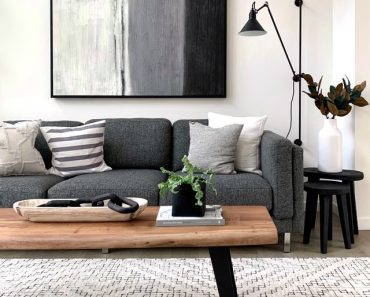Coffee, as we all know, was once divided into “black” and “white.” This isn’t the case anymore. When visitors enter a café today, they demand a variety of alternatives, from lattes to macchiatos to cold brews.
When ordering coffee-to-go, the order requires a cup that fits the drink. An espresso, for example, will require a smaller cup than a flat white, which in turn needs a smaller cup than a cappuccino.
It’s also important to minimize waste and keep expenses low.
Which sizes should coffeehouses keep on hand? And, to which degree do the various sizes vary in popularity?

What are the most common disposable coffee cup sizes?
Each coffee shop has its own method of advertising the size of its beverages.
For example, Starbucks offers short, tall, grande, and venti sizes for its beverages, whereas Costa Coffee provides small, medium, huge,
The quantity of liquid in ounces (for the US market) or millilitres (for the European market) is typically the deciding factor. The basic concept is to depict a takeaway cup in terms of volume.
Cup sizes are often advertised according to how much they should ideally be filled rather than their actual capacity.
For example, an 8oz cup might actually be able to hold 10oz of liquid, but the optimal filling volume is 8 oz. This is done to improve the consumer’s experience and minimize spills.
Many size variations exist, but disposable coffee cups are usually available in the following sizes:
Extra-small
The single and double espresso, babyccinos, cortados, and samples are all served in 200ml or 4oz cups.
Small
8oz or 227ml cups for serving macchiatos, cappuccinos, and flat whites.
Medium
Glass cups with a capacity of 340ml or 12oz are typically used for “standard” or regular-sized drinks.
Large
Iced or frozen coffee drinks require 454ml (16oz) cups.

Choosing the proper cup sizes for various drinks
The size of the cup you use for each coffee order is largely determined by a number of factors.
If your coffee shop allows customers to personalize their drinks, you might wind up using smaller or larger-sized mugs for a certain drink.
Latte art (or the lack thereof) may also have an impact on the amount of milk you use. If your consumers don’t order a certain beverage very often, you might not utilize that cup size at all.
When preparing drinks for takeaway versus dine-in, quantities can vary significantly. This is not only to fit the cup under group heads on espresso machines but also to maintain milk-to-coffee ratios.
If the common dine-in serving size is less than the usual takeaway cup order size, the beverage may be too milky or faint, according to Australian Specialty Coffee Association Barista Guild representative Michaela Gerard.
It’s critical to verify that your takeaway cup sizes for each drink are equivalent to or larger than the dine-in sizes of the beverages, and if not, alter the recipe.
You may standardize your drink sizes by following SCA rules.
However, the final decision is determined by consumer preferences and your perception of them.
Plantation Coffee in Melbourne, Australia sells 177ml, 227ml, and 340ml (6 oz, 8 oz, and 12 oz) cups. The smallest size includes a single espresso, but the remainder of their products features double espresso.
What size disposable cups should your coffee shop provide?
When it comes to takeout cups, waste may be an issue. Take a note of what you have on your menu and what your sales figures reflect to ensure you only purchase what you need.
Consider what customers want the most and how frequently they ask for larger or smaller beverages.
Size may be sufficient if your menu is basic and you don’t provide many choices. If you serve everything from babyccinos to frappuccinos, you’ll want a larger selection.
There are various things to consider once you’ve determined the range of sizes you’ll require (as well as how many you’ll need over a specific length of time).
When it comes to take-away cup materials, plastic coffee cups have been abandoned in favour of more environmentally friendly options. Because governments are aware that single-use plastics exacerbate environmental problems, they are banning them in increasing numbers.
Paper cups lined with bioplastics like PLA (polylactic acid) cups are an even better alternative. They not only retain the heat as effectively as plastic, but they are also simpler to recycle than petroleum-based plastics.
You’ll also have to choose whether you want single or double-wall cups and if you want a cup sleeve.
Finally, you’ll want to stamp your mugs. Because they’ll be travelling throughout the city representing your organization, you must ensure that your brand is appropriately represented.
Choosing the appropriate-sized disposable cups for your business, as well as ensuring they are made from environmentally responsible materials, are inexpensively priced, and have an appealing brand, may appear to be a major job.
However, working with a full-service coffee packaging company may make things easier. MTPak Coffee has years of experience making unique takeaway coffee cups for specialty coffee companies and roasters all around the world.
We have three different cup sizes available: 8oz, 12oz, and 16oz. All are offered as single or double-wall versions, with sleeves for all three sizes also available.



